Certifikovaný

OKR is a popular and effective methodology for setting goals and implementing them in a company’s life. In the training, you will learn how to set them and connect them with an agile way of delivering products.
Agile is not chaos. On the contrary, an agilely set up company is capable of adapting to changes while strategically and disciplinedly working towards achieving necessary goals.
Objectives and Key Results is a method for defining goals, pioneered by successful companies today such as Intel, Facebook, Google.
The training will prepare you for identifying the right goals, their measurable form, the process of preparation, and tracking progress.
In the training, we will also explore the connection of OKR to other artifacts of an agile company, such as the business model, value proposition, Minimum Viable Product, product backlog, and planning process.
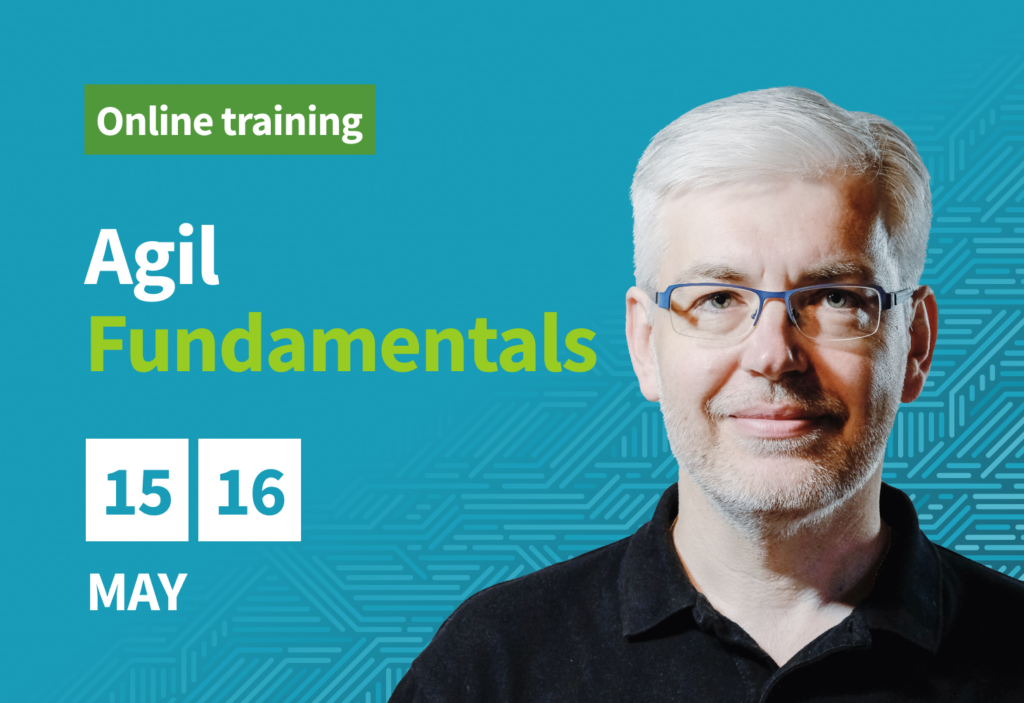
How do you develop valuable products transparently, in close collaboration with a team that is proud...
15.05.24 at 9:00 - 16.05.24 at 13:00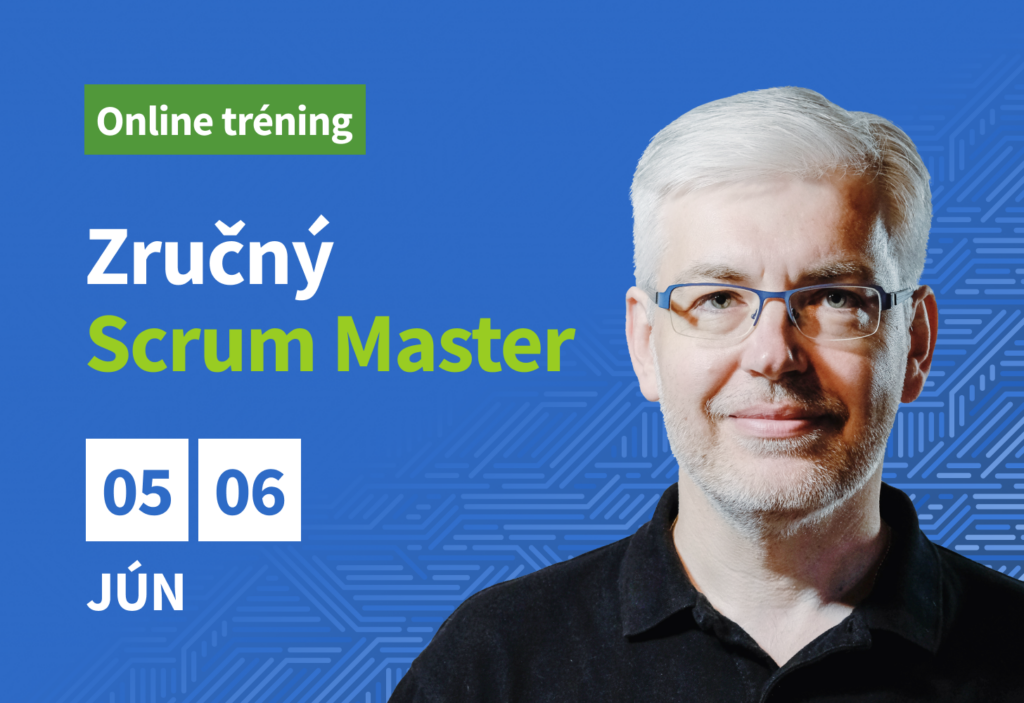
In addition to the basic agile principles, a ScrumMaster should have a good understanding of the the...
5.06.24 at 9:00 - 6.06.24 at 13:00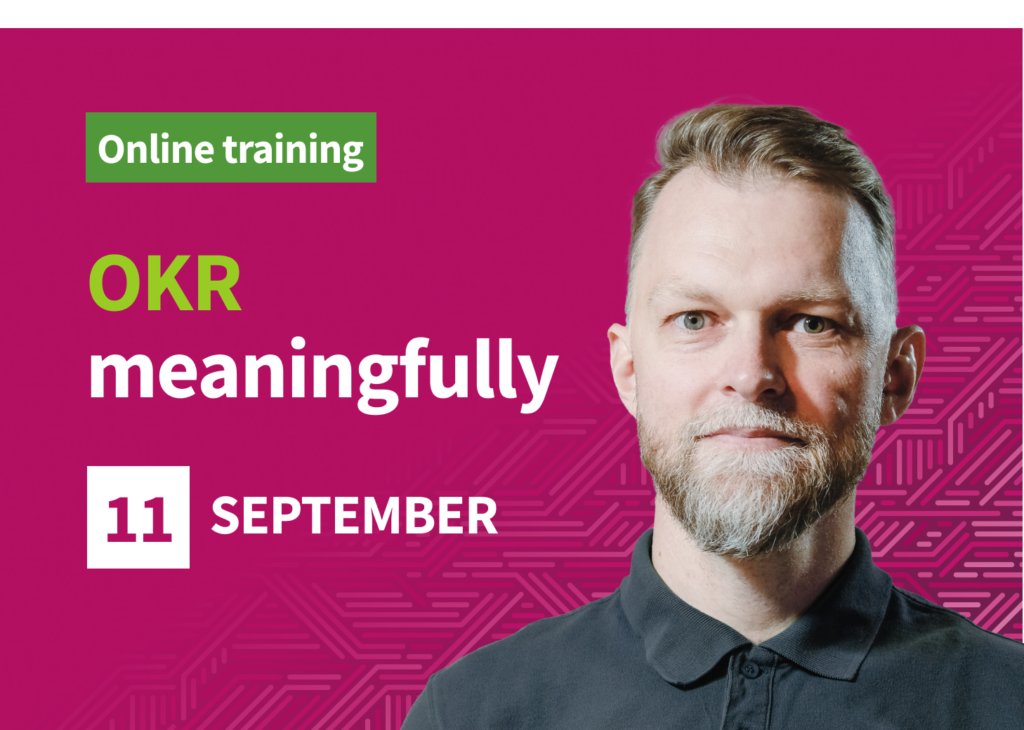
Improve focus, alignment, transparency, accountability, motivation, engagement and continuous improv...
11.09.24 at 9:00 - 13:00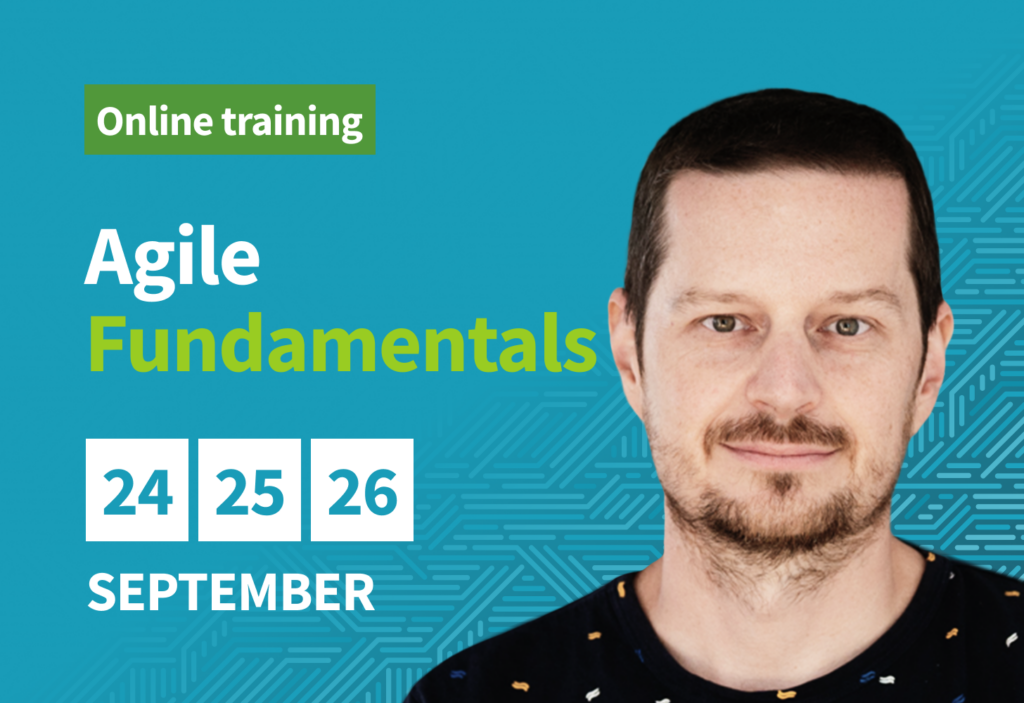
How do you develop valuable products transparently, in close collaboration with a team that is proud...
24.09.24 at 9:00 - 26.09.24 at 13:00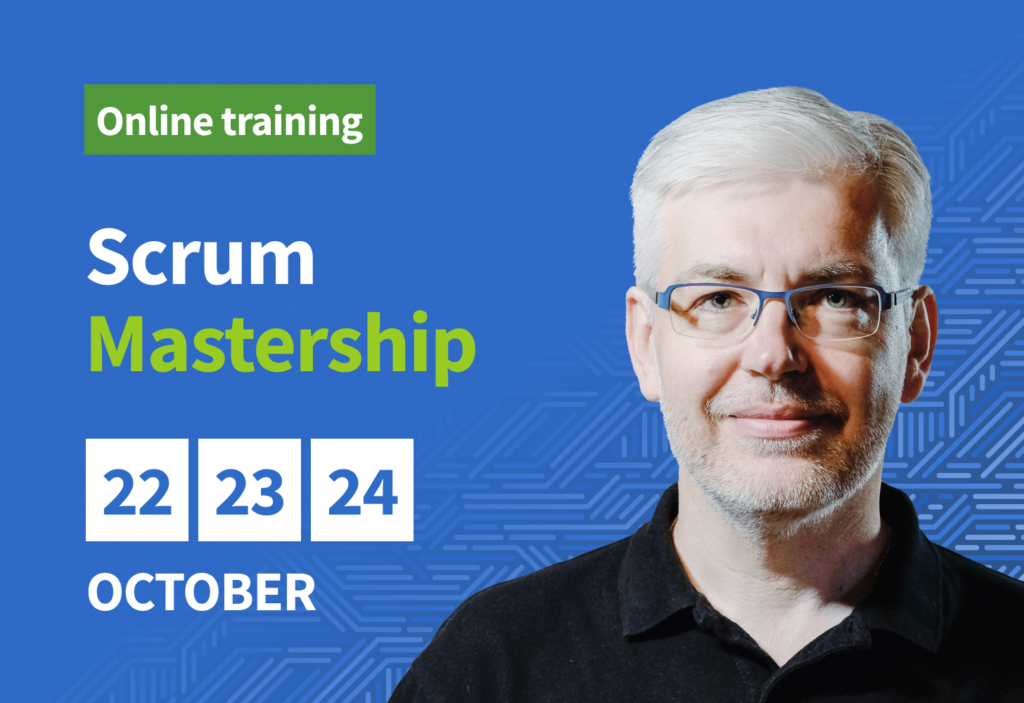
In addition to the basic agile principles, a ScrumMaster should have a good understanding of the the...
22.10.24 at 9:00 - 24.10.24 at 13:00






1 hour during the first month after completing the course

Electronic or paper certificate of course completion

Access to the electronic presentation, templates and working materials used during the training
Don't miss a selection of the best of Agile that our mentors have encountered. Not only from the world of products, development, tips and tricks, but sometimes also humor. We ship regularly, once in a while :) #QualityOverQuantity